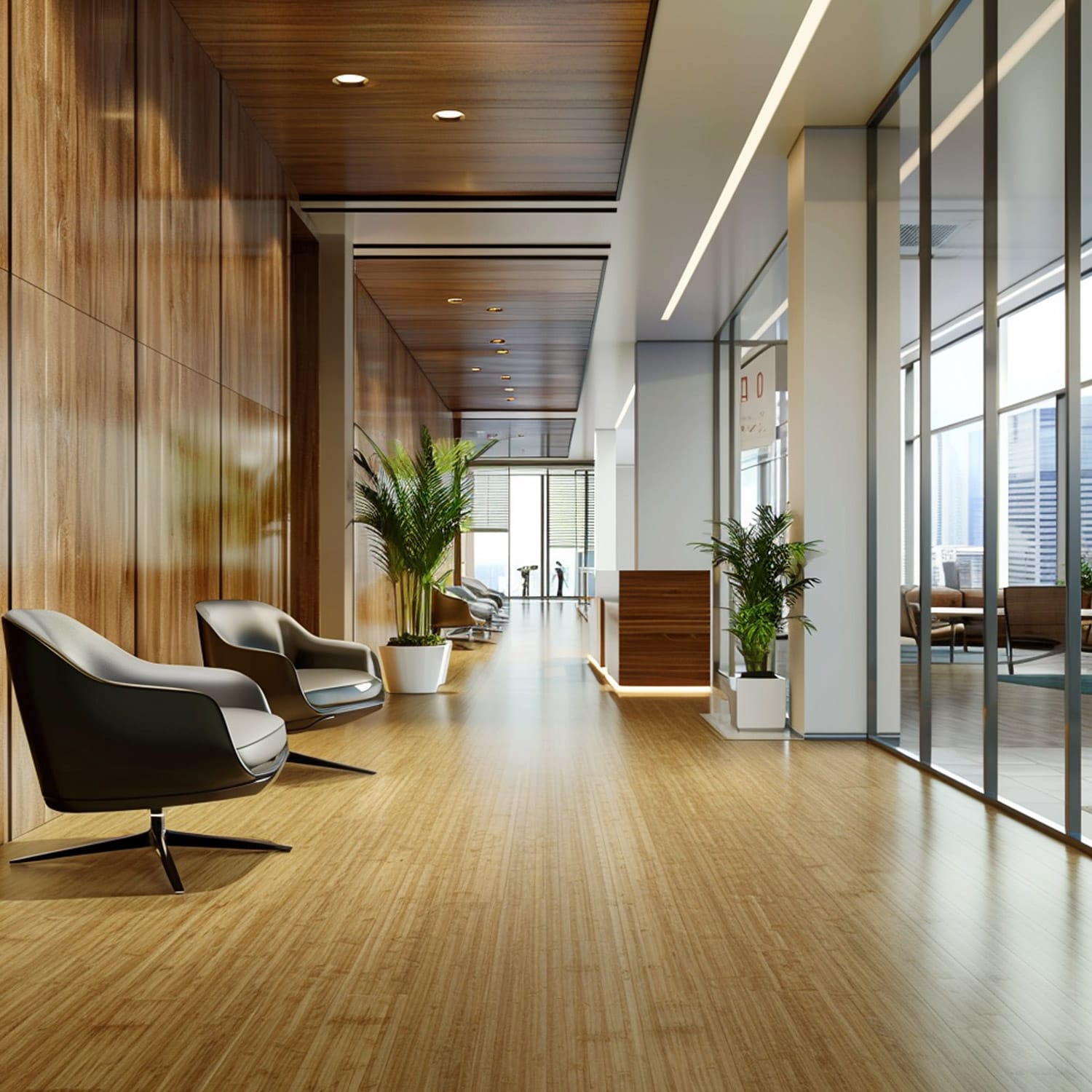Bamboo
Product: Bamboo

Bamboo
Bamboo florring is often considered a form of wood flooring, although it is made from a grass (bamboo) rather than a timber. The majority of today’s bamboo flooring products originate in China and other portions of Asia. Moso bamboo is the species most commonly used for flooring.
Bamboo has been used as an alternative for flooring because of its physical similarities to true hardwoods. Bamboo floor manufacturers and sellers promote its strength and durability as well as its resistance to insects and moisture, and they say the material is also “eco friendly”. The hardness of traditional bamboo flooring ranges from 1180 (carbonized horizontal) to around 1380 (natural), while newer manufacturing techniques including strand woven bamboo flooring range from 3000 to over 5000 using the Janka hardness test.
Other flooring materials have comparable Janka ratings, with a higher number indicating a harder material: red oak (1290); white oak (1360); rock maple (1450); hickory (1820); and Brazilian Cherry / Jatoba (2350).